Stay Ahead of the Curve
Latest AI news, expert analysis, bold opinions, and key trends — delivered to your inbox.
Mistral AI Unveils "Mistral OCR": A Game-Changer in Document Understanding
7 min read Mistral AI just dropped Mistral OCR—a next-gen OCR API that crushes docs, handwritten notes, tables, and even math equations. 94.89% accuracy (99.02% multilingual). 2,000 pages/minute. $1/1,000 pages. Already in Le Chat, now on la Plateforme. Tech world’s split: optimists love it, skeptics doubt it, and many are waiting to see. Could this be the future of document understanding? March 07, 2025 02:41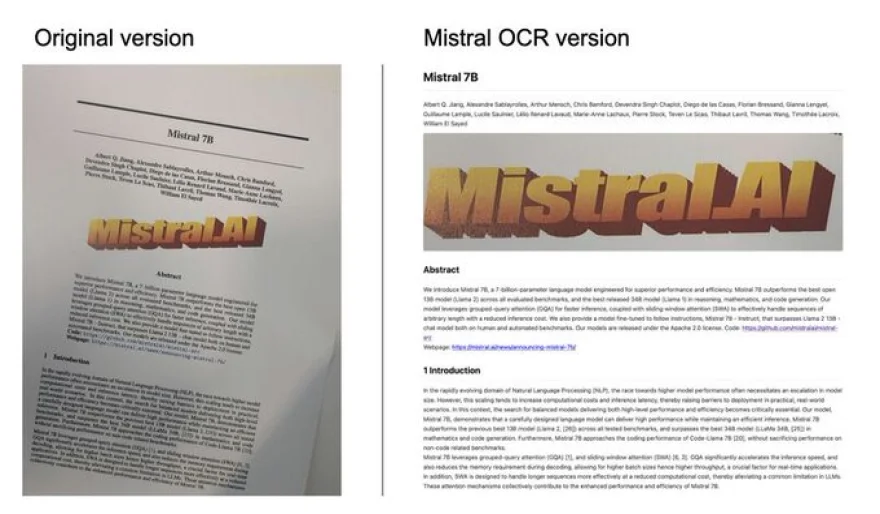
On
March 6, 2025, Mistral AI, a leading French AI research company,
launched its groundbreaking Optical Character Recognition (OCR) API, Mistral OCR.
Positioned as a next-generation solution for document understanding,
this API goes beyond traditional text extraction, offering unparalleled
accuracy in processing complex document elements like handwritten notes,
typed text, images, tables, and even mathematical equations. By
converting unstructured data from PDFs and images into structured,
AI-ready formats such as Markdown, Mistral OCR is tailor-made for
integration with large language models (LLMs) and Retrieval-Augmented
Generation (RAG) systems.
What Sets Mistral OCR Apart?
Mistral OCR isn’t just another OCR tool—it’s a powerhouse of innovation. Here’s why it’s turning heads:
Unmatched Accuracy: Benchmarks reveal that Mistral OCR outperforms industry giants like Google Document AI, Azure OCR, and OpenAI’s GPT-4o, achieving an impressive 94.89% overall accuracy and a staggering 99.02% in multilingual text processing. It also excels in specialized tasks like math recognition and scanned document handling.
Blazing Speed: With the ability to process up to 2,000 pages per minute on a single node, Mistral OCR is a dream solution for industries dealing with high-volume document workflows, such as research, customer service, and historical preservation.
Multilingual Mastery: The API effortlessly handles multiple languages, including both printed and handwritten text, while preserving the original layout and formatting of documents.
Structured Outputs: Unlike basic OCR tools, Mistral OCR interprets typographical elements and delivers organized, developer-friendly outputs like JSON, making it a versatile tool for AI-driven applications.
Availability and Pricing
Mistral OCR is already integrated into Le Chat, Mistral’s AI assistant, which is used by millions for document processing. Now, developers can access the API through la Plateforme, Mistral’s developer suite. Pricing starts at just $1 per 1,000 pages, with batch inference doubling efficiency to approximately 2,000 pages per dollar. For organizations with stringent security needs, on-premises deployment options are also available.
Guillaume Lample, Mistral’s Chief Science Officer, emphasized the significance of this release, noting that 90% of business data remains unstructured. “Mistral OCR addresses a critical need,” he said. “It simplifies digitization and cataloging, paving the way for broader enterprise AI adoption.”
Free trials are currently available on Le Chat, and Mistral is actively encouraging user feedback to refine the technology further.
The Tech World Reacts
Since its launch, Mistral OCR has sparked a wave of reactions across the tech community, ranging from enthusiastic praise to cautious skepticism. Here’s a breakdown of the sentiment:
Positive Reactions: The Optimists
Developers, AI enthusiasts, and businesses are buzzing with excitement. Many are impressed by Mistral OCR’s benchmark results, which position it ahead of established competitors. On social media platform X, one user called it “spicy” and “serious text recognition magic,” while tech blogs like VentureBeat have hailed its speed and structured outputs as game-changers.
Enterprises with vast document archives see Mistral OCR as a cost-effective solution, especially with its competitive pricing and on-premises deployment options. Developers are particularly thrilled about its seamless integration with RAG systems and LLMs, envisioning applications in customer support, research, and historical archiving.
Negative Reactions: The Skeptics
Not everyone is convinced. Some critics question whether Mistral OCR can truly outpace giants like Google and Microsoft, which have decades of OCR refinement and vast datasets under their belts. Others argue that its single-task focus on OCR might limit its appeal compared to multimodal models like GPT-4o, which offer broader capabilities.
Privacy advocates have raised concerns about data handling, particularly for cloud-based usage, though the on-premises option has alleviated some of these worries. Additionally, a few developers have expressed disappointment over the lack of immediate open-source access, a departure from Mistral’s earlier “independent AI lab” branding.
Neutral Reactions: The Wait-and-See Crowd
Many in the tech community are intrigued but cautious. Publications like TechCrunch have acknowledged Mistral OCR’s impressive specs—such as multilingual support and complex document handling—but stress that it’s too early to declare it the “world’s best” without broader real-world testing.
On X, users are asking, “Who’s ready to put it to the test?”—a sentiment that reflects curiosity without full commitment. Industry analysts see Mistral OCR as a promising step for the company to carve out a niche, particularly in Europe, but note that it’s part of a larger battle against U.S.-based AI giants.
The Bigger Picture
Mistral OCR’s launch is more than just a product release—it’s a statement of intent. As a European AI contender, Mistral AI is positioning itself as a viable alternative to U.S.-dominated players, backed by its founders’ pedigrees (ex-Google DeepMind and Meta) and partnerships with tech heavyweights like Microsoft and IBM.
The mixed reactions highlight the API’s potential to reshape document processing norms. However, its long-term success will depend on real-world performance and adoption beyond the initial hype. For now, the conversation is lively, polarized, and open-ended—a fitting response to a breakthrough technology at its dawn.
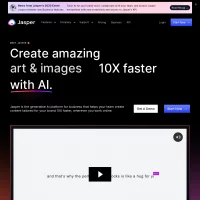


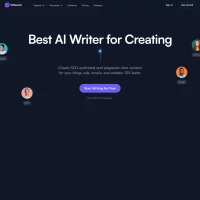


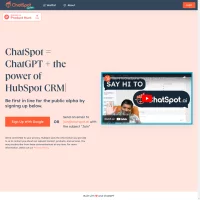


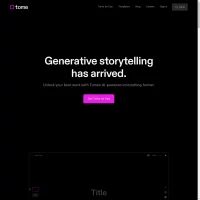


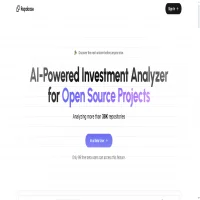
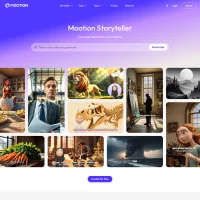




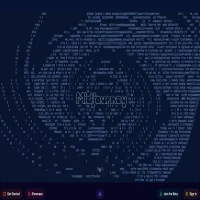
 AI Agents
AI Agents